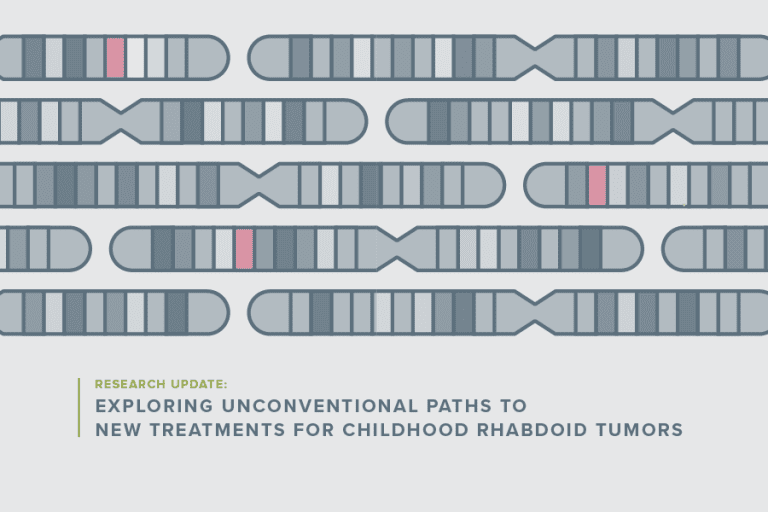The last time Children’s Cancer Research Fund donors heard about Ani Deshpande, Ph.D. assistant professor at Sanford Burnham Prebys Medical Discovery Institute in California, he received funding from CCRF to research targeting previously ‘undruggable’ proteins in acute lymphoblastic leukemia.
That research served as a springboard into a new project, which received CCRF’s Emerging Scientist Award in 2021. Deshpande and his postdoctoral fellows Bryan Chen and Deshpande have found another potential treatment that could help children fighting the deadly pediatric leukemia. The findings are published in the journal Blood.
“I still remember the day I was flying back home from a trip to Mexico with my wife, and I got an email from CCRF,” he said. “I was literally like, wow, this is going to help us carry out what we are doing. Otherwise, we have to shut it down.”
Deshpande says most children diagnosed with this AML subtype (AF10 fusions) are treated with harsh and toxic chemotherapies. These therapies have immediate side-effects like nausea, vomiting, extreme fatigue and hair loss, but they also leave survivors with long-term side-effects that linger for decades after treatment is over, like infertility, organ damage and increased risk of secondary cancers.
“What we wanted to see is whether there could be other ways of treating these kids,” said Deshpande. “We made mouse models of these fusions, and we have made mice that get leukemia in many ways similar to human leukemia. Then we used them to study how these leukemias develop, what are the genes and proteins that these fusions require."
His team's goal is to show that kids can be treated with fewer side effects by using existing drugs that were developed for other diseases. These drugs would function by only acting on leukemia cells that had a certain genetic “target,” leaving healthy cells alone.
“We found an important kinase. So, the kinase physically binds to the fusion, and the kinase is a good druggable target. There are medicines out there to drug this particular kinase because it’s important for other inflammatory conditions such as rheumatoid arthritis,” he said.
Although there is still work to do to understand how AF10 fusions work, Deshpande and his team believe this treatment will benefit patients with this rare blood cancer, and the work wouldn’t have been possible without support from CCRF.
His lab used the funding to do two things:
First, continue preclinical studies to see whether this or other similar agents will reduce the abnormal inflammatory signals seen in these leukemia cells.
Second, explore the possibility of additional targets for existing leukemia drugs.
"[Funding from CCRF] has allowed us to do some high-risk, high-reward projects," Deshpande said. “We now have many exciting targets apart from these kinases that we have found through screening technologies as important for these leukemias, and we are very excited about it.”
The research team hopes to get more funding to continue research to test if these drugs are safe in humans before they begin enrolling patients.
Read more about CCRF-funded AML research:
Targeting 'undruggable' leukemia proteins
Engineering better treatments for AML
Fewer side-effects and no relapse - A leukemia researcher's goal
Your donation makes progress possible.
When you donate to Children's Cancer Research Fund, you make it possible for researchers to uncover how to better prevent and treat childhood cancers. Every $1 donated helps researchers secure $18 in additional funding to make groundbreaking discoveries.




